NYS and NYC M/WBE Certified Contractor
"We Dry Out Your Home And Office, Not Your Wallet!"
Green Island Group provides environmental, remediation, and demolition services to residential, commercial, and public customers in New York State. Entities we do work with:
Green Island Group Corp. is readily available to provide services no matter the time of day.
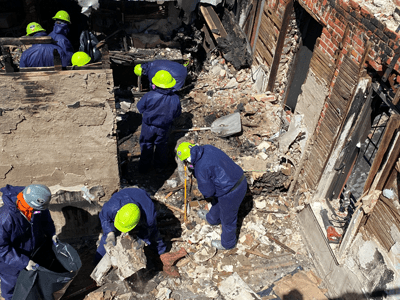
We follow NYS, NYC, and USEPA regulations to ensure proper removal and protection of workers and occupants.
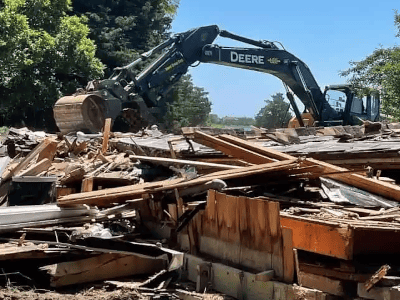
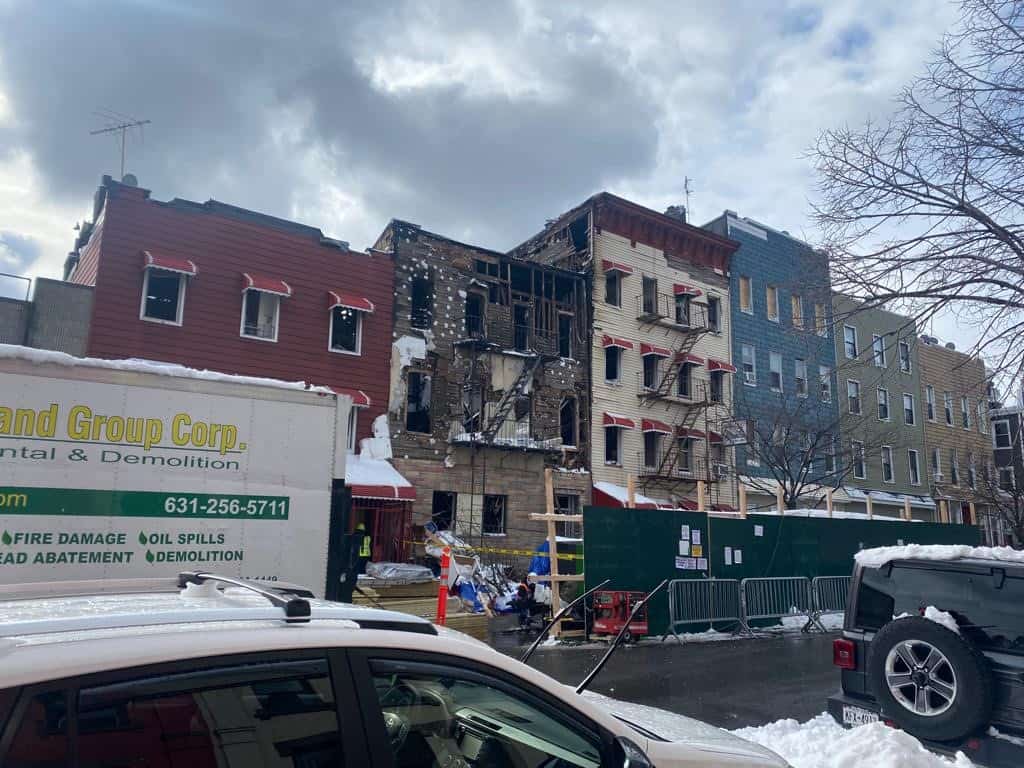
We are available 24/7 to manage emergencies related to fire damages and dealing with your insurance carrier.
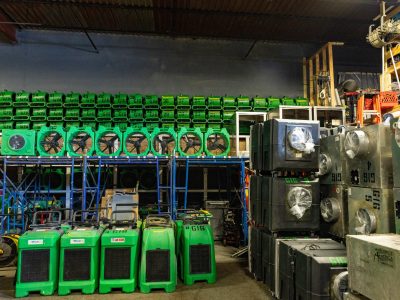
Specialists identify the source, contain the affected area, use proper equipment, and follow safety procedures to eliminate the infestation.

Prompt and professional remediation is essential to restore the affected areas and prevent further destruction.
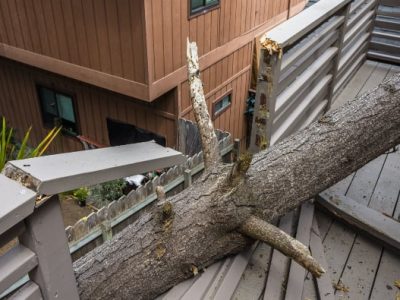
Green Island is at the forefront of storm damage with our restoration services. Our goal of efficient and within-budget storm damage repair is second to none.
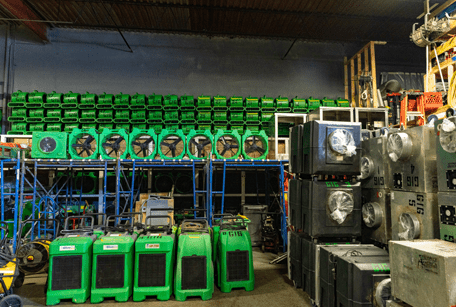
Our team of knowledgeable professionals has years of experience as a first responder contractor, restoring properties with damages from floods, fires, and other major environmental events.
Green Island Group Corp. has successfully completed over 5,000 restoration services projects in the New York State area, and we can’t wait to include you among them!







